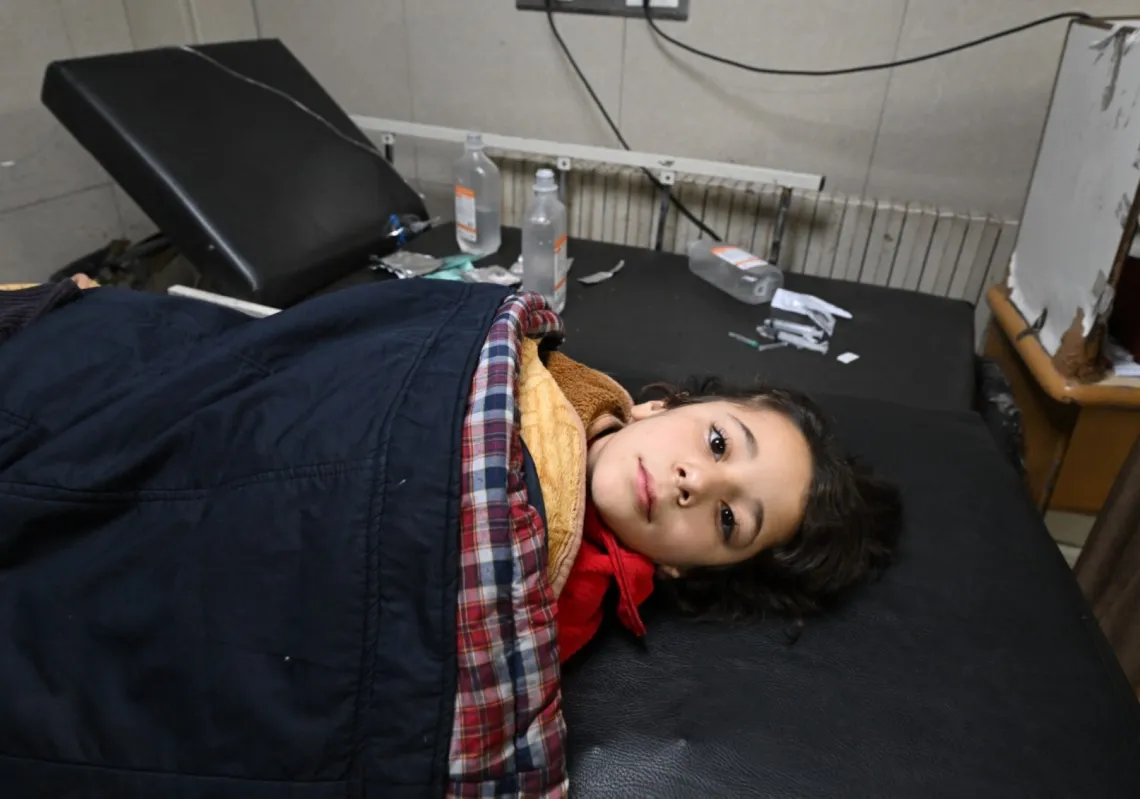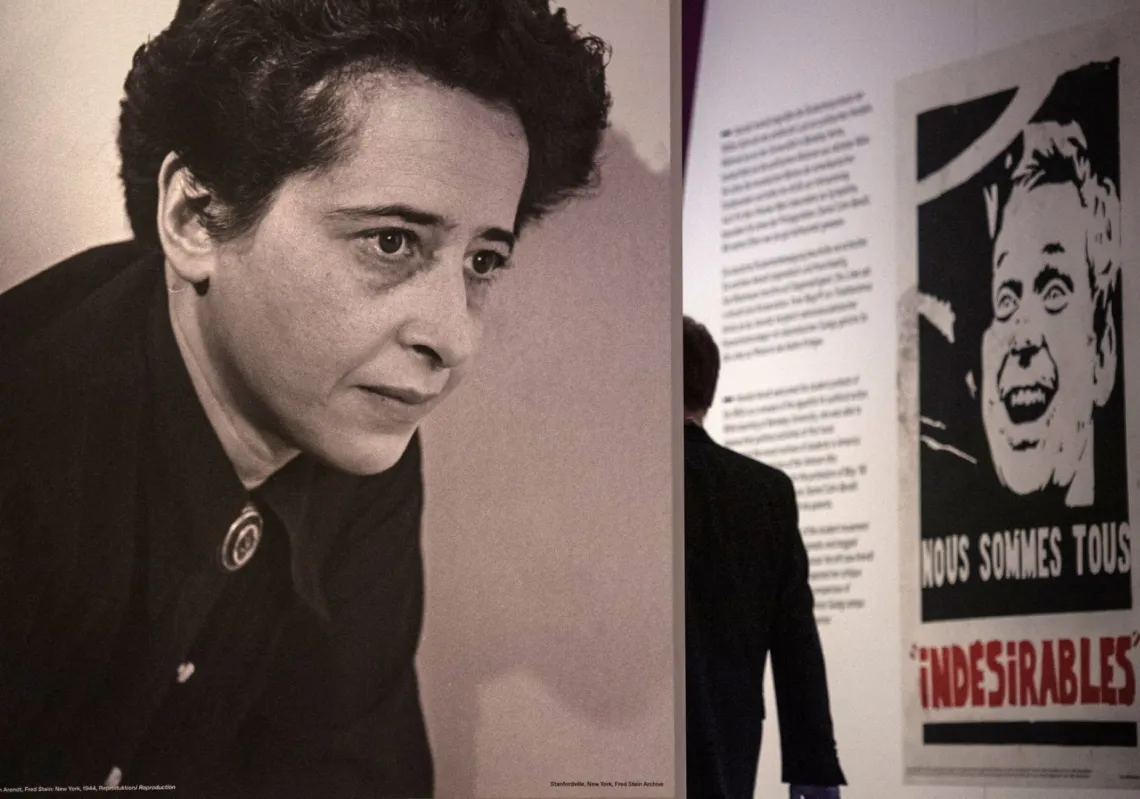London: Israel has explicitly stated its intention to target Hamas leaders both within Gaza and abroad in response to the group's attack on 7 October 2023. The campaign has included operations in Gaza and Beirut, notably the assassination on 2 January of Saleh al-Arouri, Hamas's Vice President and leader in the Occupied West Bank. He was killed in a drone strike on an office associated with Hamas in a southern suburb of Beirut. He was a key liaison between Hamas, Hezbollah, and Iran.
This event is part of a series of 'targeted killings' by Israel aimed at eliminating prominent leaders of Hamas over the past two decades. Israel—which generally refrains from commenting on such operations—occasionally provides vague public justifications for these actions.
I don’t intend to analyse or debate the legal or moral aspects of this Israeli policy in this article about the key Hamas figures eliminated by Israel over the years.
But the ‘targeted killing’ policy has been always controversial and labelled by international human rights organisations as ‘extra-judicial excutions’ and in some cases ‘war crimes’. Supporters of the policy, however, argue that it’s legitimate and needed to nip terrorism against civilians in the bud as well as they frame it as a right to self-defence.
When pressed about the assassination of Hamas leaders, Israeli officials have claimed that the military and security authorities are committed to combating terrorism and addressing existential threats that have been present since the state's founding in 1948.
Israel has demonstrated its ability to infiltrate the electronic communications of Hamas leaders, which has been a key strategy in their "targeted" assassinations.
This capability has been particularly evident since the onset of the war on Gaza launched in response to Hamas attacks. The effectiveness of Israel's intelligence efforts may explain the absence and silence of Yahya Sinwar—the leader of Hamas in Gaza—who has not been seen or heard from since 7 October.
Israel's primary objective in these operations is to eliminate key military figures and skilled operatives within Hamas. Taking these individuals out creates significant organisational structure gaps because replacing them requires extensive training and experience. The targeting strategy not only aims to weaken Hamas's military capabilities but also disrupts its administrative and executive functions.
The list of military and political leaders targeted and assassinated by Israel is extensive, underscoring the ongoing and systematic approach to undermine Hamas's operational capacity. Below are some of the most prominent cases:

Yahya Ayyash
In January 1996, Israel assassinated Yahya Ayyash, known as the mastermind behind suicide operations. The Israeli Security Service (Shin Bet) delivered a bomb concealed within a phone, which was detonated remotely. Israel accused him of orchestrating car bombings that killed civilians during the 1990s.

Ahmed Yassin
Sheikh Ahmed Yassin—the founder and spiritual leader of the Hamas movement—was born in 1936. He and his family were forcibly displaced from their village outside Ashkelon during the Nakba. Yassin, who was paralysed following a childhood accident, joined the Muslim Brotherhood in his youth.
In 1989, the Israelis arrested him and sentenced him to life imprisonment for issuing orders to kill anyone cooperating with the Israeli army. He was released in 1997 through a prisoner exchange facilitated by the late King Hussein of Jordan after an assassination attempt on Khaled Mashal, head of the Hamas Political Bureau, in Amman.
Yassin was assassinated in Gaza City by missiles from an Israeli Apache helicopter in March 2004 at the age of 67.

Abdel Aziz al-Rantisi
Abdel Aziz al-Rantisi—a leader of Hamas in the Gaza Strip and a vocal opponent of any compromise with Israel—repeatedly emphasised the necessity of resisting Israel by all means, including suicide operations, which he refused to label as “terrorist.” Born in the Palestinian town of Yabna in 1947, his family was displaced in 1948.
After earning a medical degree from the University of Alexandria in Egypt, al-Rantisi returned to Gaza and joined Ahmed Yassin in establishing Hamas.
Following several arrests, assassination attempts, and deportation to Lebanon, al-Rantisi was named leader of Hamas after Yassin's death. Less than a month after Yassin's assassination, on 17 April 2004, al-Rantisi was killed by missiles fired at his car by an Israeli Apache helicopter in Gaza City. He was 56 years old.

Mahmoud al-Mabhouh
Mahmoud al-Mabhouh, Hamas's chief logistics officer, was instrumental in procuring weapons and equipment for the movement from Iran. Despite surviving several Israeli assassination attempts, his security was ultimately breached.
In January 2010, al-Mabhouh was assassinated in his Dubai hotel room at the age of 50. He had been tracked by 11 Mossad agents using foreign passports, leading to his demise under mysterious circumstances; the hotel room door was locked from the inside. Investigations later uncovered that the assassins had administered a powerful muscle relaxant to incapacitate al-Mabhouh, followed by electrocution and suffocation with a pillow.
This bold operation sparked a significant diplomatic crisis, as the Mossad agents had utilised British and European passports, prompting several European countries to initiate investigations into Mossad activities and even leading to the arrest of a suspect in Poland at Germany's request.

Ahmed al-Jabari
On 14 November 2012, Ahmed al-Jabari, the commander of the Al-Qassam Brigades, was killed in an Israeli air strike while riding in a car in Gaza. Al-Jabari—one of Israel's most wanted—had survived several previous assassination attempts, and his house had been bombed in the last war on Gaza.
A prominent leader within Hamas and a member of its political bureau, al-Jabari played a significant role in the prisoner exchange that secured the release of Israeli soldier Gilad Shalit, who had been captured in 2006.

Saleh al-Arouri
Saleh al-Arouri, the deputy head of the political bureau of Hamas and a founding member of the Izz ad-Din al-Qassam Brigades, was assassinated at age 57. After spending 15 years in Israeli prisons, al-Arouri was released in 2007 and later lived in exile in Lebanon.
He served as a spokesman for Hamas and participated in negotiating the 2011 prisoner exchange that involved 1,027 Palestinian and foreign prisoners for one Israeli soldier, Gilad Shalit.
On 31 October 2023, his home near Ramallah in the occupied West Bank was destroyed by Israeli forces, who accused him of launching attacks on Israelis. He had received multiple death threats from Israel before the war that broke out on 7 October.

Marwan Issa
The death of Marwan Issa, Deputy Commander-in-Chief of the Izz ad-Din al-Qassam Brigades, in an Israeli air strike in March 2024 has not been confirmed or denied by Hamas.
However, both an Israeli army spokesman and US National Security Advisor Jake Sullivan confirmed his death during a raid on the Nuseirat camp. Known as the “shadow man,” Issa was considered the right-hand man of Mohammed Deif, the commander-in-chief of the Qassam Brigades.
Previously injured in a 2006 assassination attempt by Israel, Issa had spent about five years in Israeli prisons. Israeli warplanes had twice destroyed his house during invasions of Gaza in 2014 and 2021, which also resulted in the death of his brother.
Issa, whose public appearance was first known in 2011 in a group photo during a reception for prisoners exchanged with Israel, is believed to have played a critical role in planning the Hamas attacks on 7 October.











